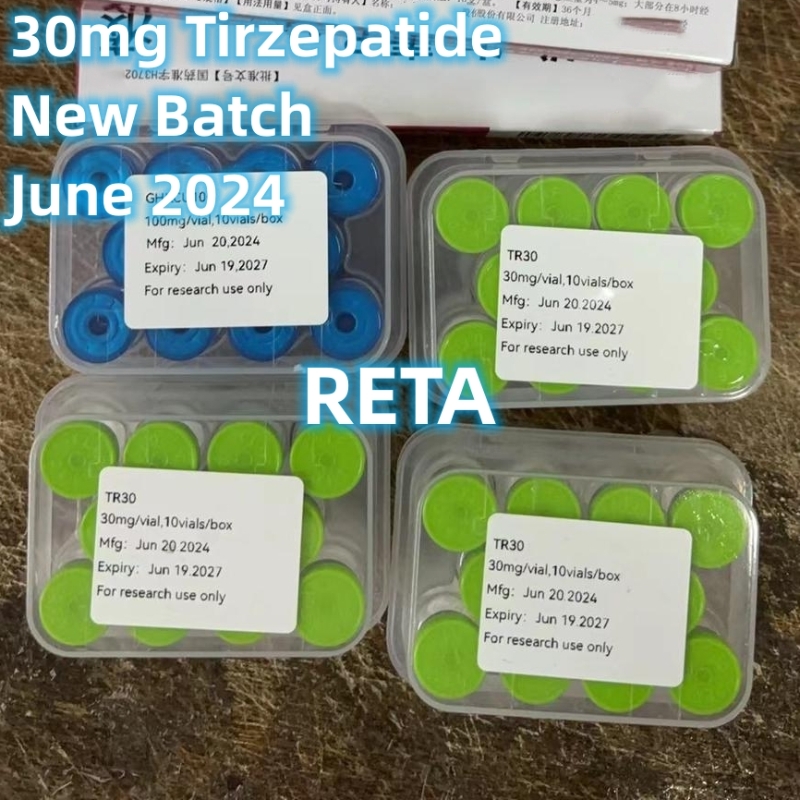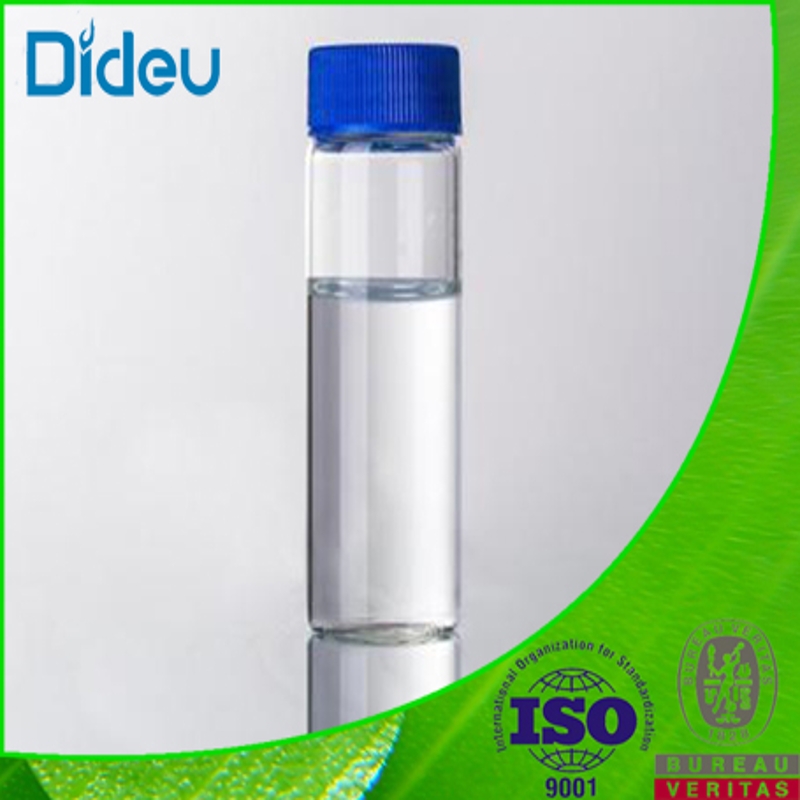-
Categories
-
Pharmaceutical Intermediates
-
Active Pharmaceutical Ingredients
-
Food Additives
- Industrial Coatings
- Agrochemicals
- Dyes and Pigments
- Surfactant
- Flavors and Fragrances
- Chemical Reagents
- Catalyst and Auxiliary
- Natural Products
- Inorganic Chemistry
-
Organic Chemistry
-
Biochemical Engineering
- Analytical Chemistry
-
Cosmetic Ingredient
- Water Treatment Chemical
-
Pharmaceutical Intermediates
Promotion
ECHEMI Mall
Wholesale
Weekly Price
Exhibition
News
-
Trade Service
Glucagon-like peptide-1 receptor agonist (GLP-1RA) is a hot research direction of hypoglycemic drugs in recent years
GLP-1RA has a good hypoglycemic effect, and can also reduce the patient's body weight and blood pressure.
Novo Nordisk announced in early August 2021 that, driven by Ozempic® and Rybelsus®, the company's GLP-1 business increased by 21% in the first half of 2021
Figure 1 Market performance of marketed GLP-1R agonists
It can be seen from Figure 1 that the market performance of various GLP-1R agonists that have been on the market is quite different.
Although the FDA has approved six GLP-1R agonist hypoglycemic drugs, only three currently dominate, so there are still certain unmet clinical needs and market gaps that need to be filled
Recently, EClinicalMedicine published an article titled IBI362 (LY3305677), a weekly-dose GLP-1 and glucagon receptor dual agonist, in Chinese adults with overweight or obesity: A randomised, placebo-controlled, multiple ascending dose phase 1b study Published the results of a phase 1b trial of IBI362 (LY3305677), a dual GLP-1 and glucagon receptor agonist developed by Innovent, administered once a week in Chinese adult overweight or obese patients; previously, Mathies M Jepsen In the article Emerging glucagon-like peptide 1 receptor agonists for the treatment of obesity, et al
01Database and retrieval method
Database and retrieval methodDatabase: espacenet
ta all "GLUCAGON LIKE PEPTIDE" OR ta any "GLP*") AND pn any "WO"
Date of retrieval: September 27, 2021
02 Results and analysis
results and analysis2.
2.
Figure 2 Number of applications in each earliest priority year
2.
2.
2.
2.
Figure 3 Analysis of TOP10 classification numbers and corresponding applications under A61K
Table 1 Meaning of TOP10 classification codes under A61K
Since the author has performed artificial denoising processing on the detected patent applications, the interpretation of the above classification numbers can be based on GLP analogs or their receptor modulators
2.
2.
Figure 4 Analysis of A61P classification numbers with the number of related applications> 50
Table 2 Analysis of A61P classification numbers with the number of related applications> 50
Sources of the aforementioned potential uses include but are not limited to: ① GLP or its analogues; ② Small molecule compounds targeting GLP receptors; ③ Combination with ① or ② or other active ingredients of the compound
2.
2.
3 C07K classification number analysis
2.
3 C07K classification number analysis
Figure 5 Analysis of the top 10 C07 classification numbers in the number of related applications
Table 3 Analysis of the top 10 C07 classification numbers of related applications
2.
2.
4 C07D classification number analysis
2.
4 C07D classification number analysis
By reading the names and abstracts of related patent applications, it is found that most of the patent applications related to C07D (N=86) are GLP-1R small molecule heterocyclic agonists.
After manual denoising, GLP-1R small molecule heterocyclic rings are screened out.
The patents related to agonists are included in the next analysis
.
2.
2.
4.
1 Application Volume-Analysis of Earliest Priority Year
Figure 6 PCT patent application analysis of GLP-1R small molecule heterocyclic agonist
It can be seen from Figure 5 that, based on the earliest priority of each application, the application of GLP-1R small molecule heterocyclic agonist was initiated relatively later than the GLP analogs, and although the overall annual application volume was relatively low, there were fluctuations.
However, from 1996 to 2019, the overall trend has been increasing year by year.
The explanation for the decline in 2020 can be seen in the relevant explanation under Figure 1
.
The previous analysis of GLP-related PCT patent applications found that all major GLP-related technologies are currently in the mature or growth stage, at least not in the decline period
.
Among them, polypeptide-related technologies account for the majority, and small molecule heterocyclic agonists are still in the ascendant
.







